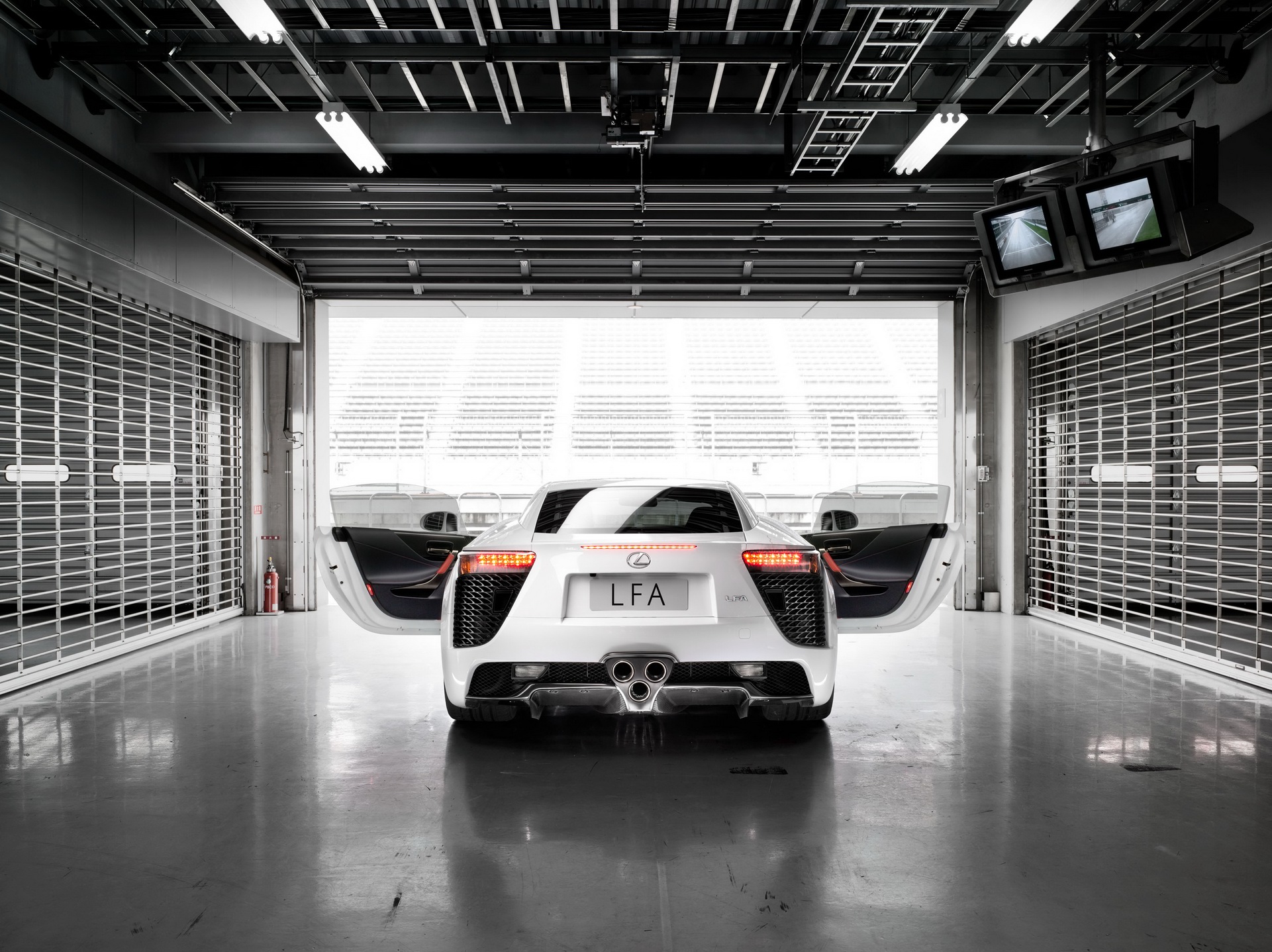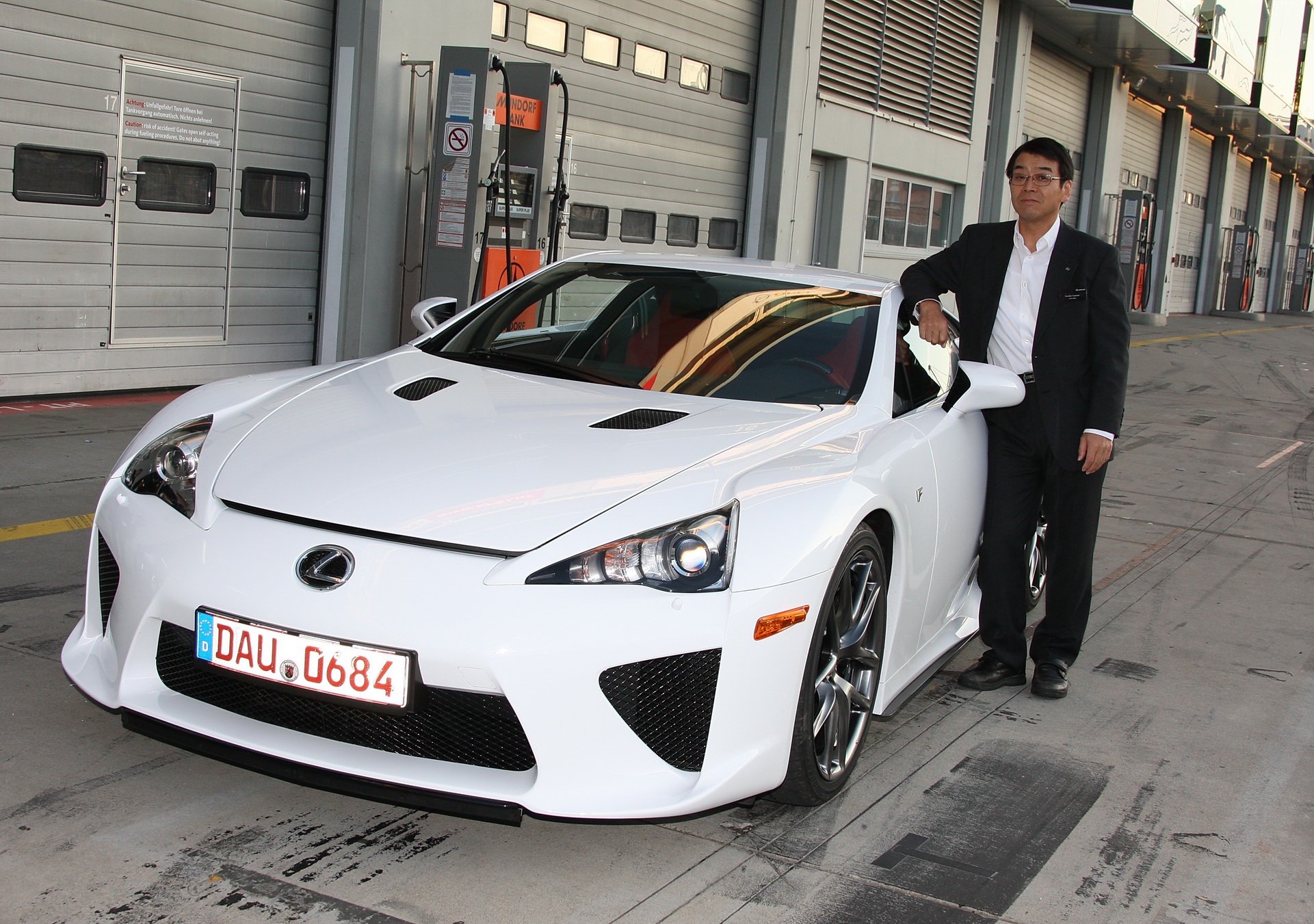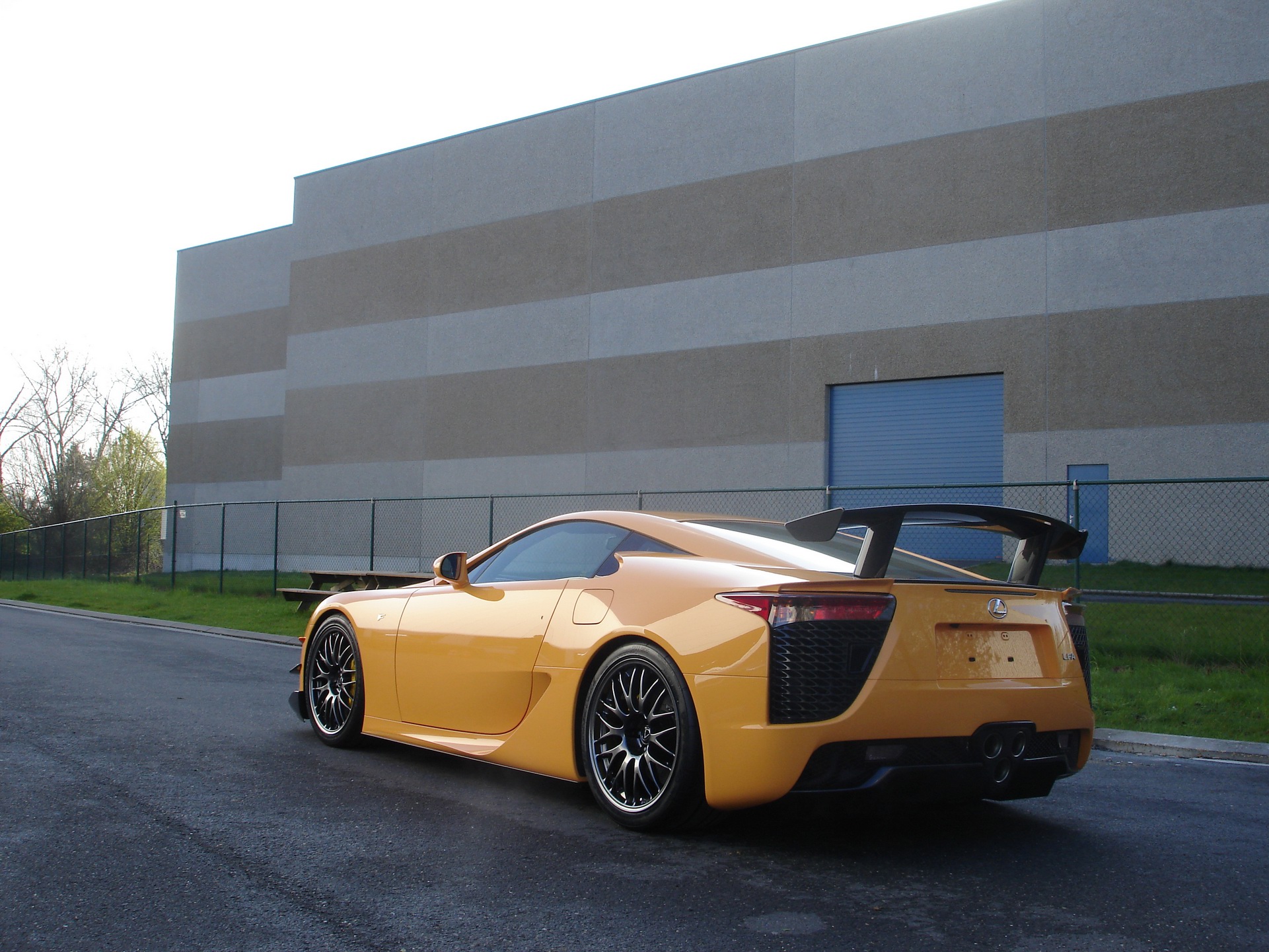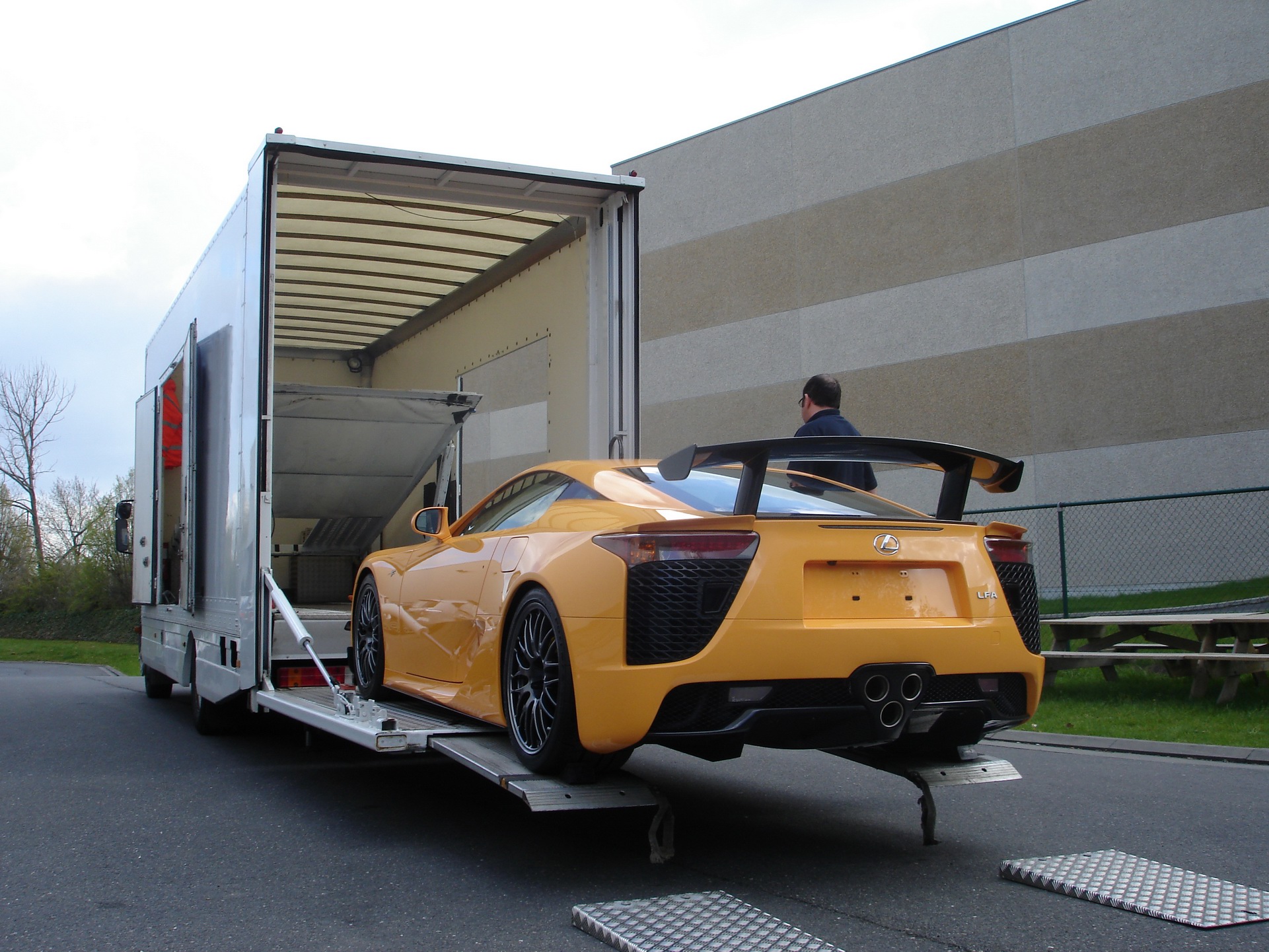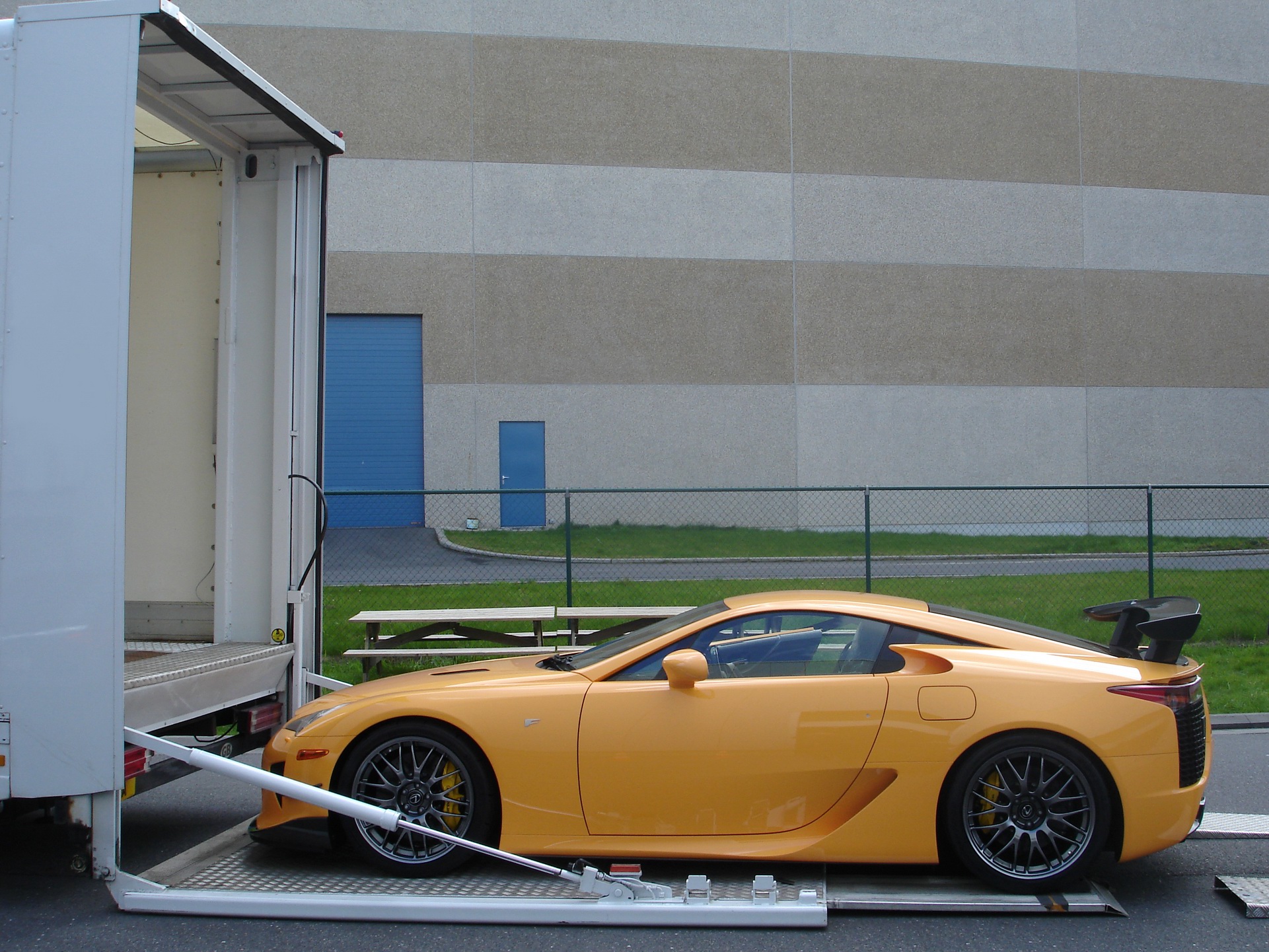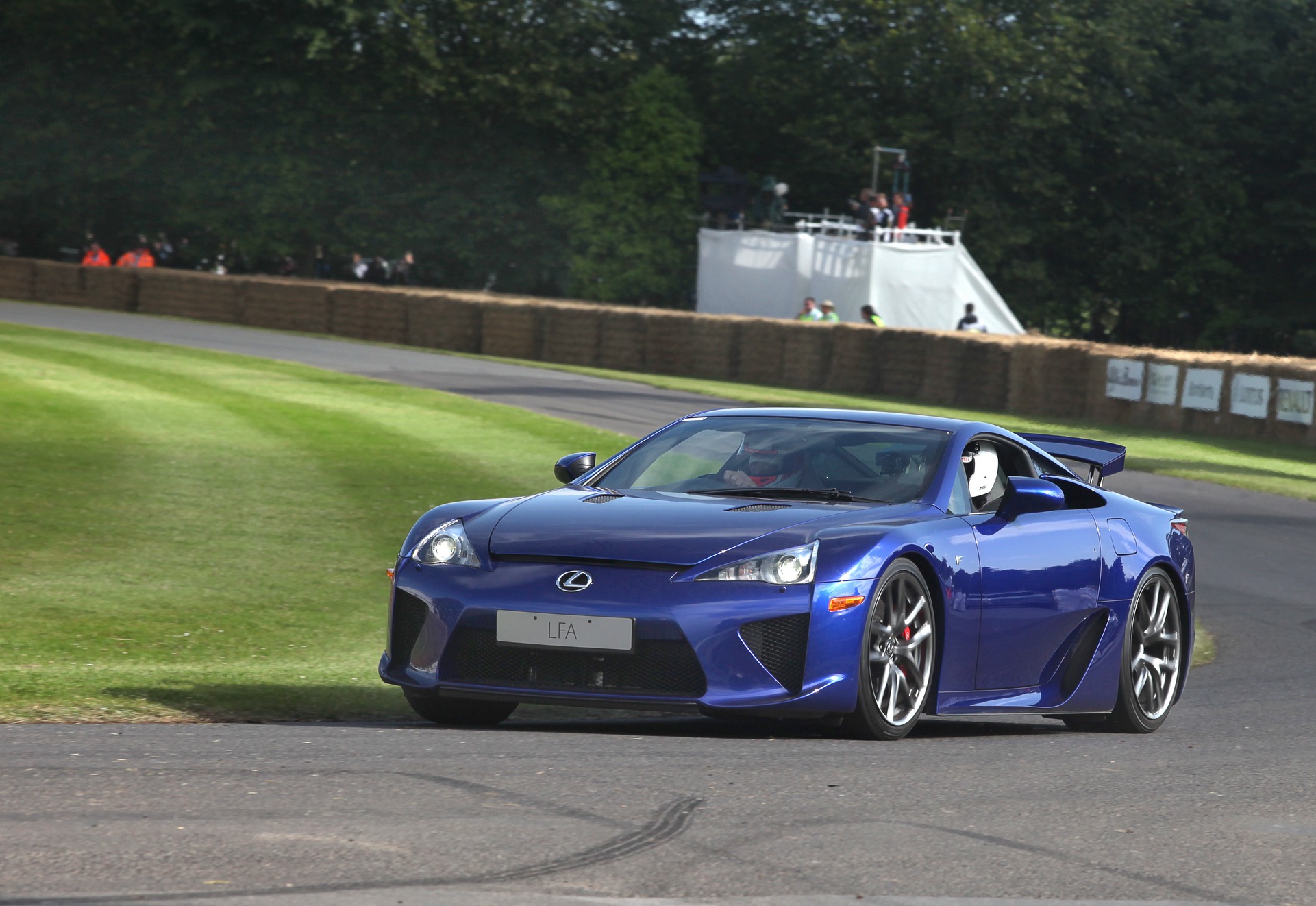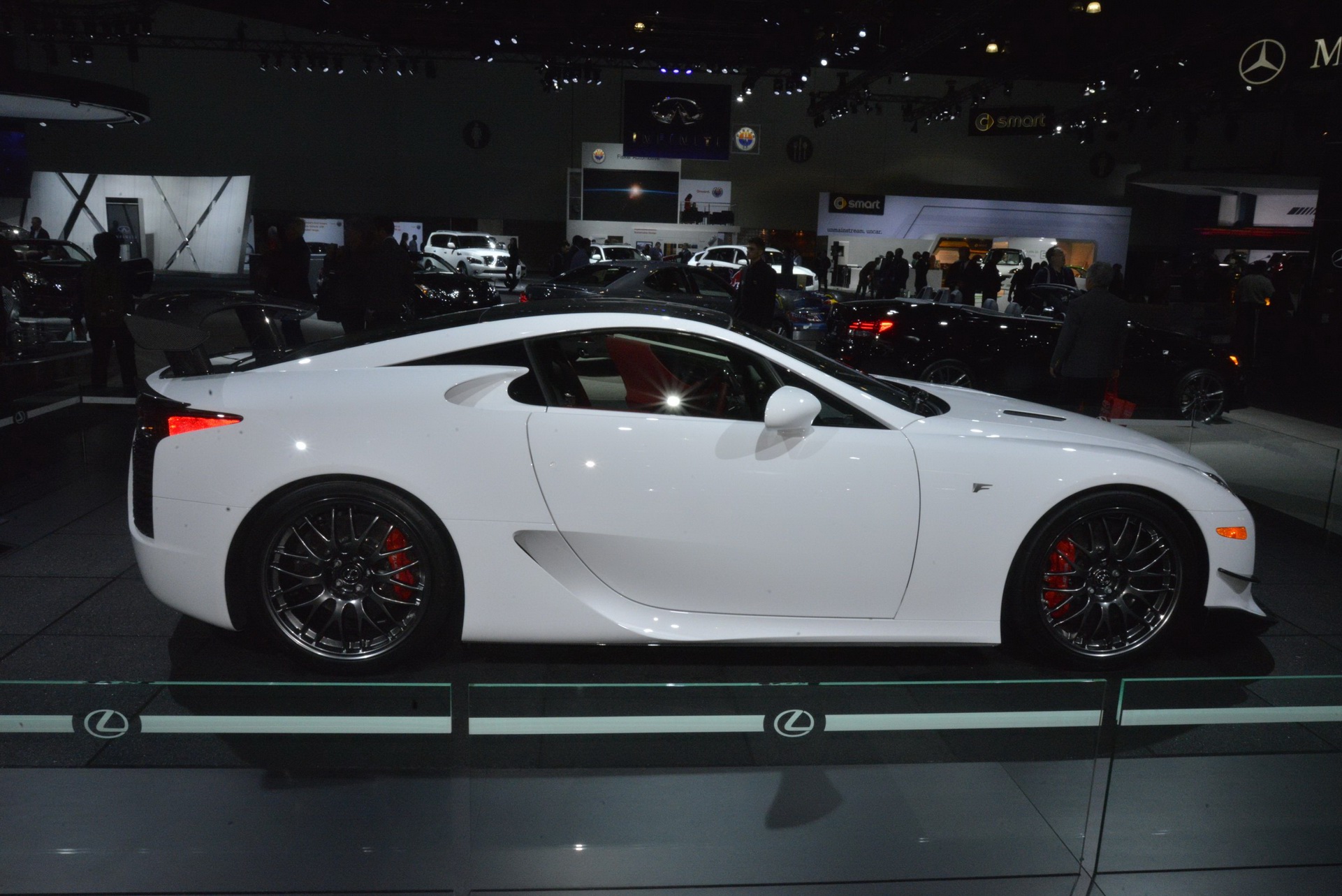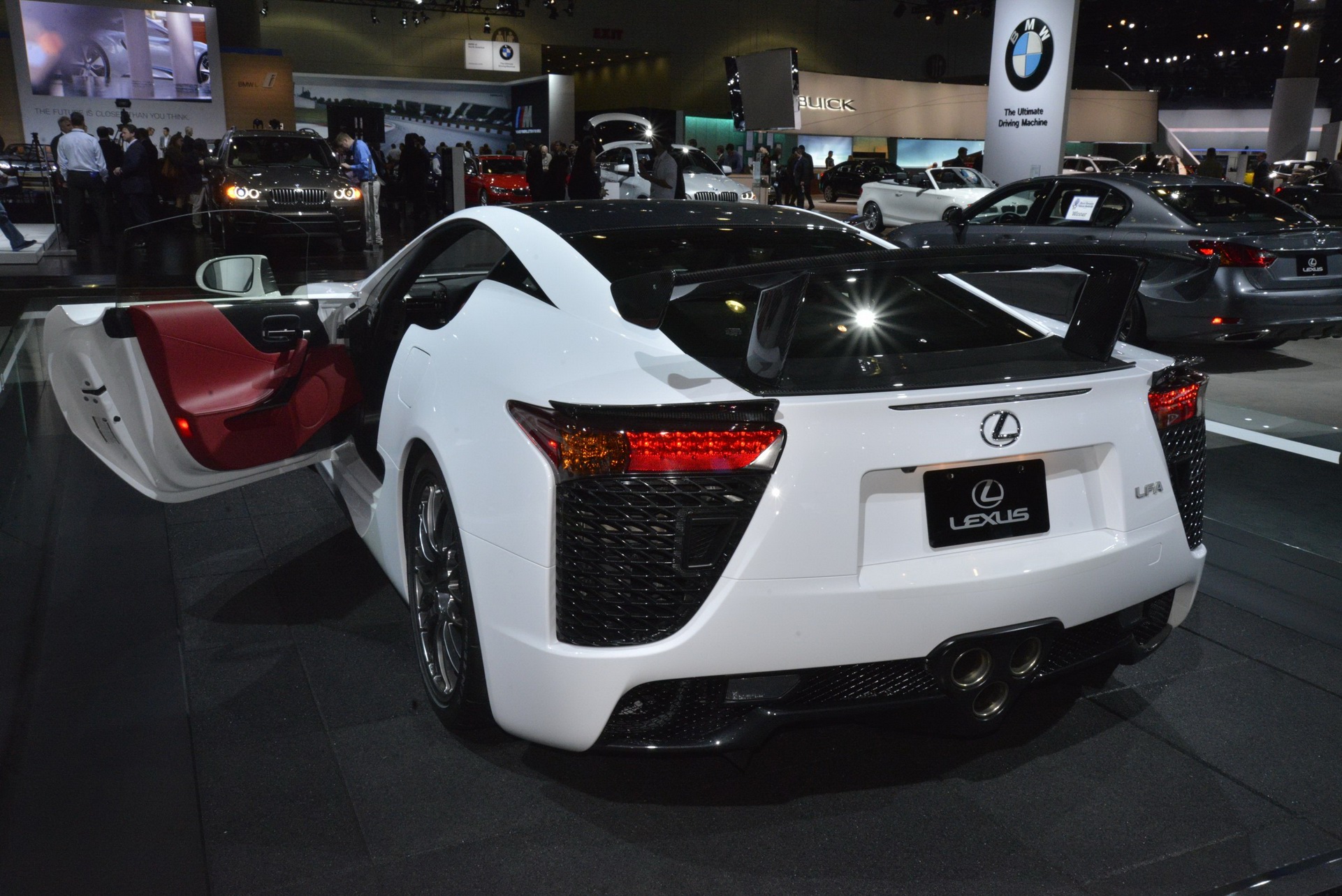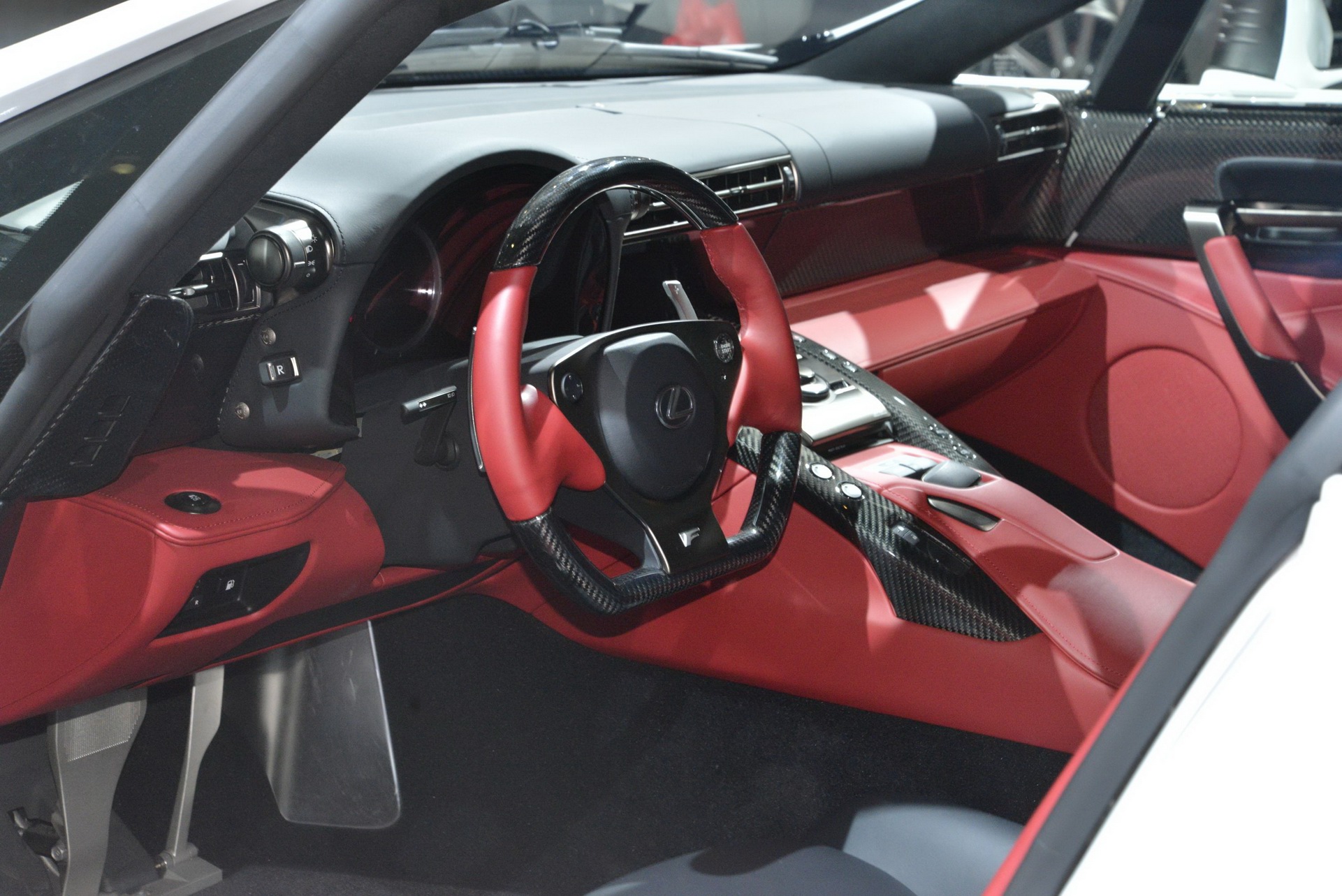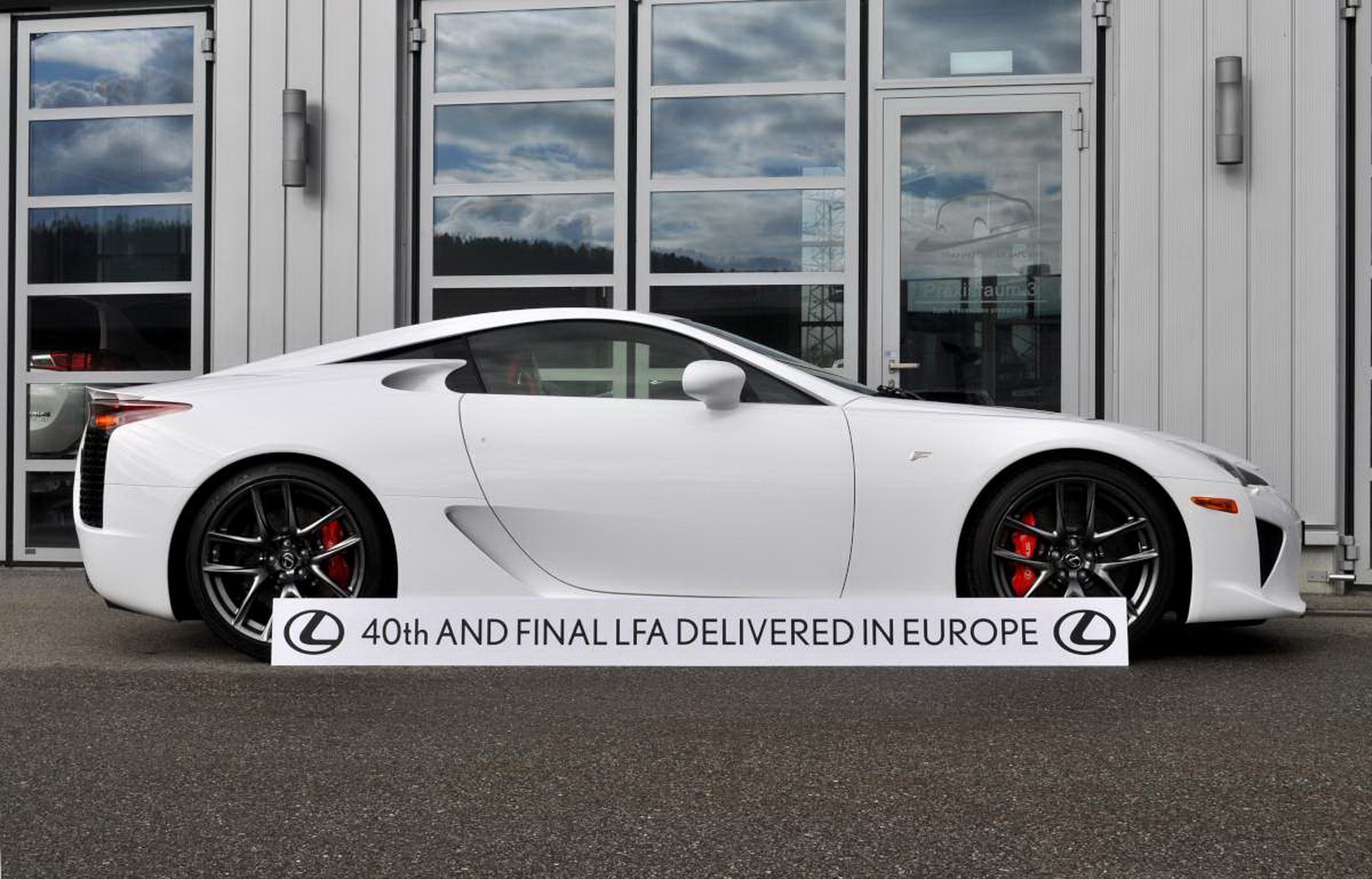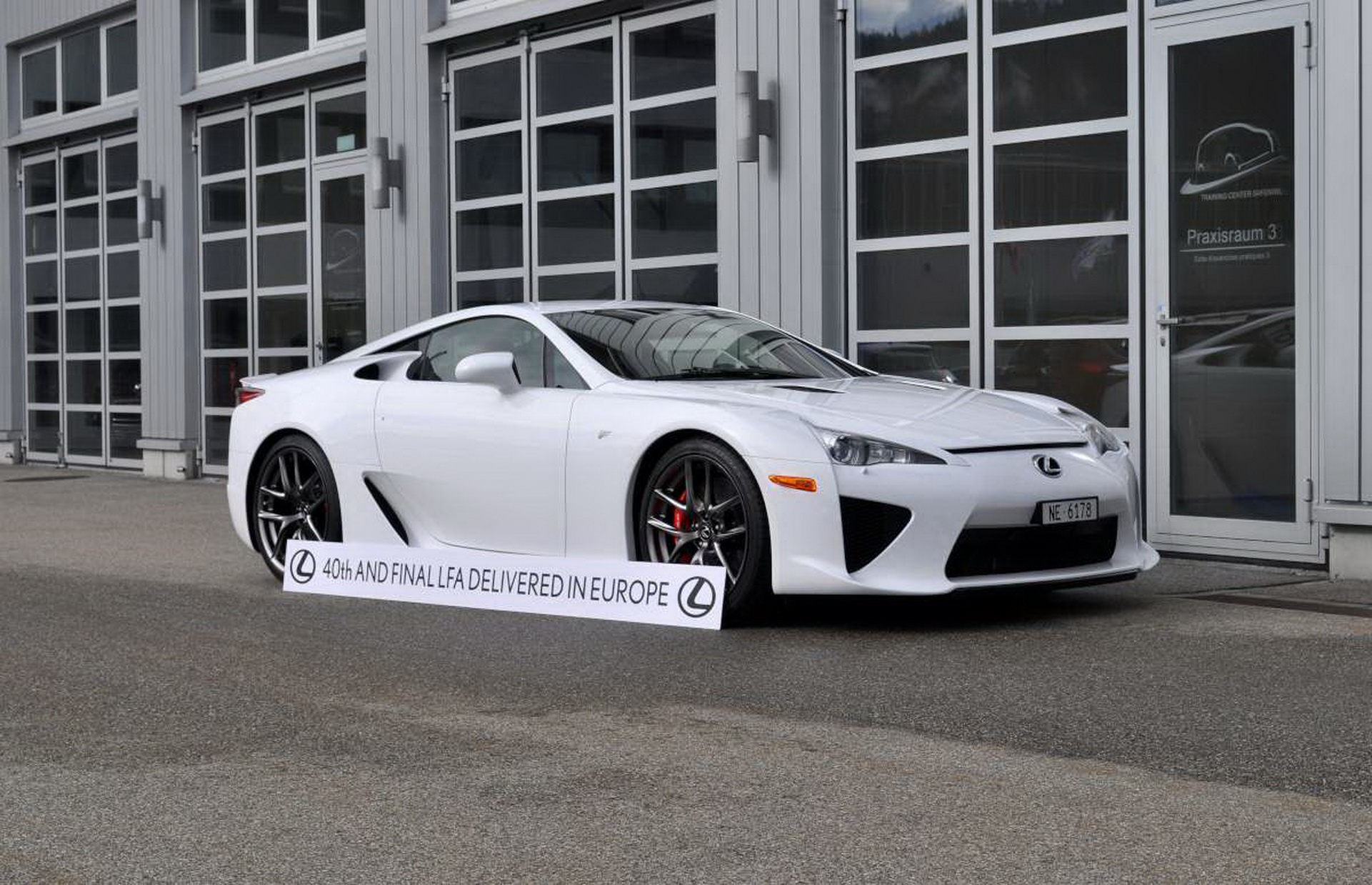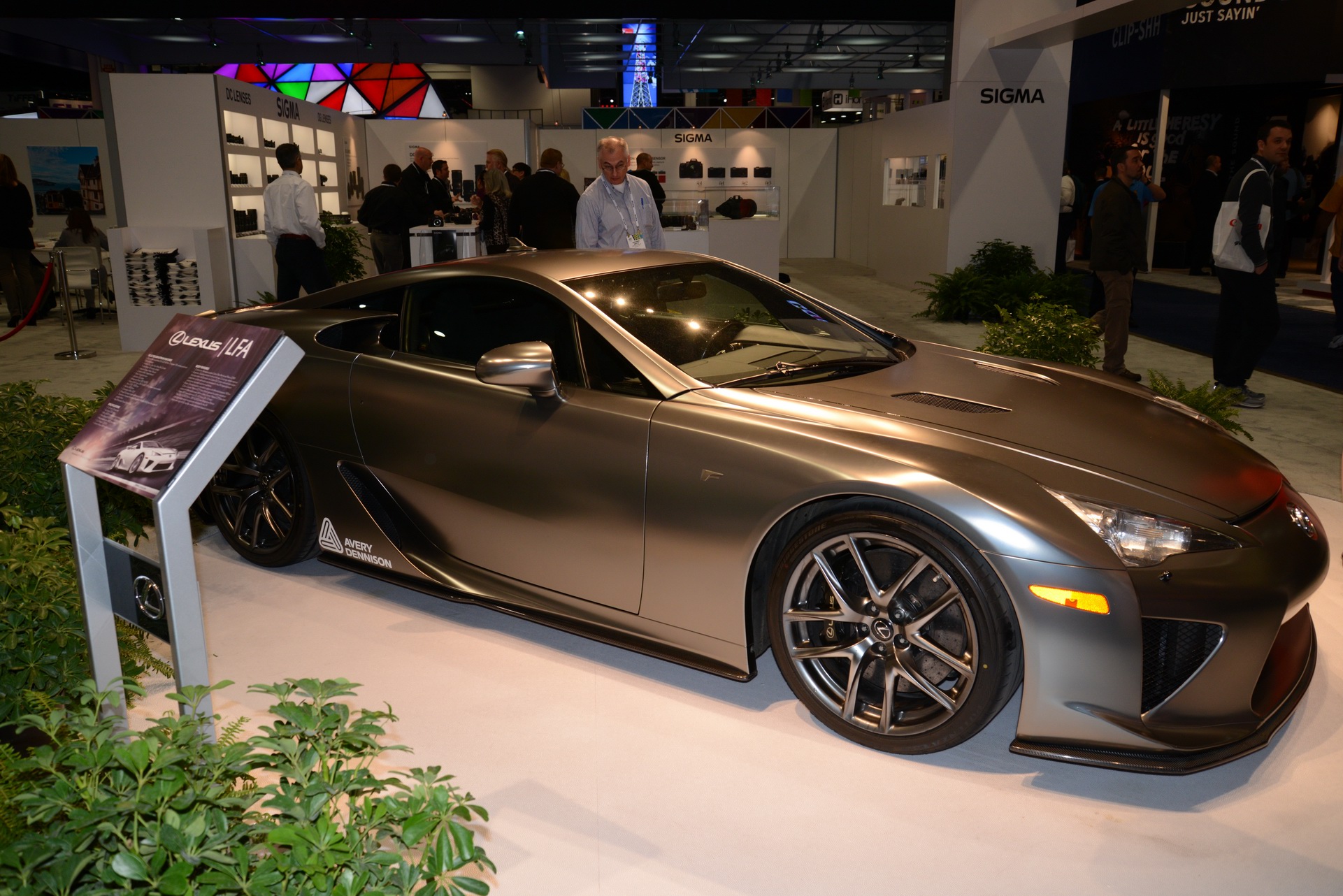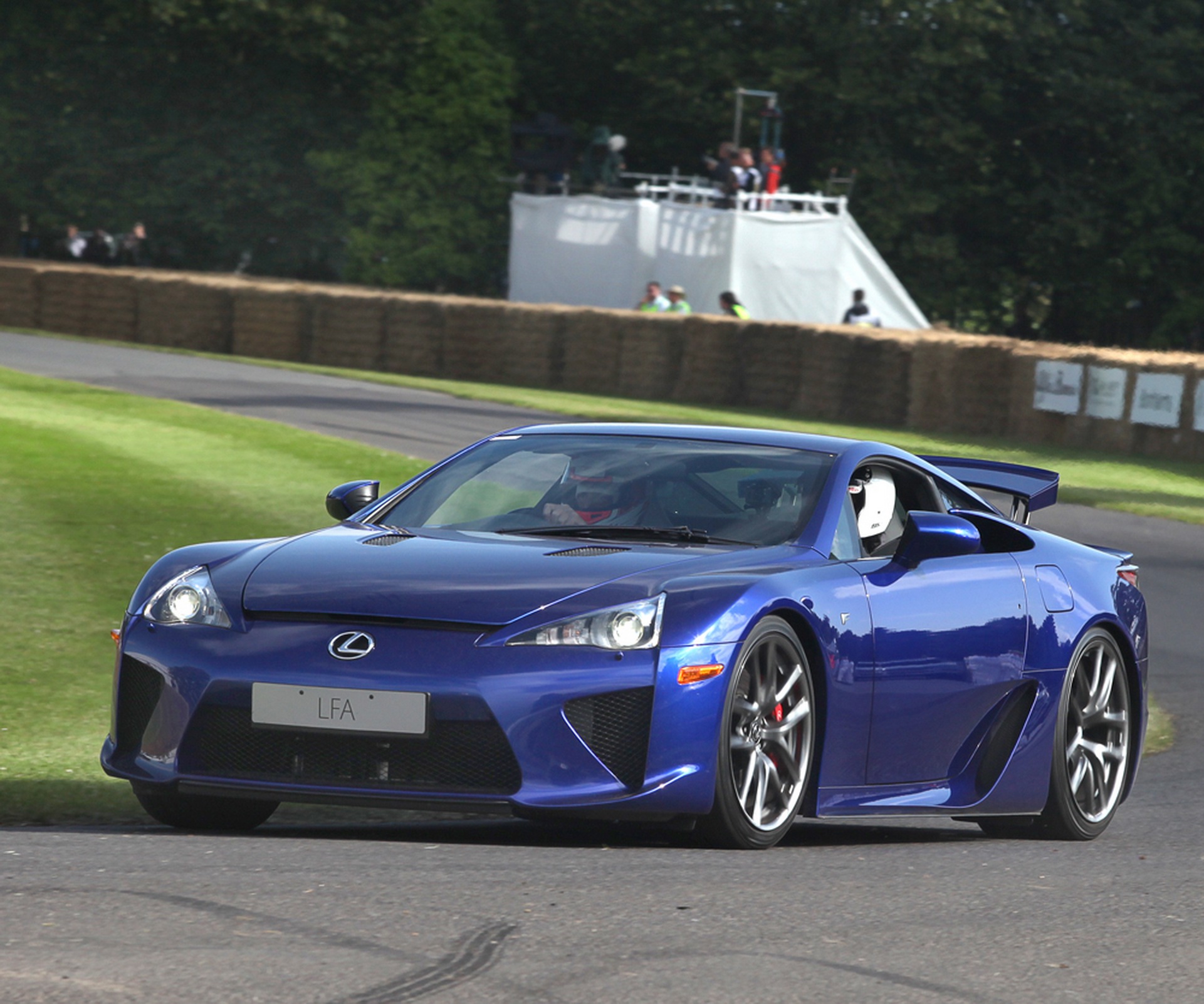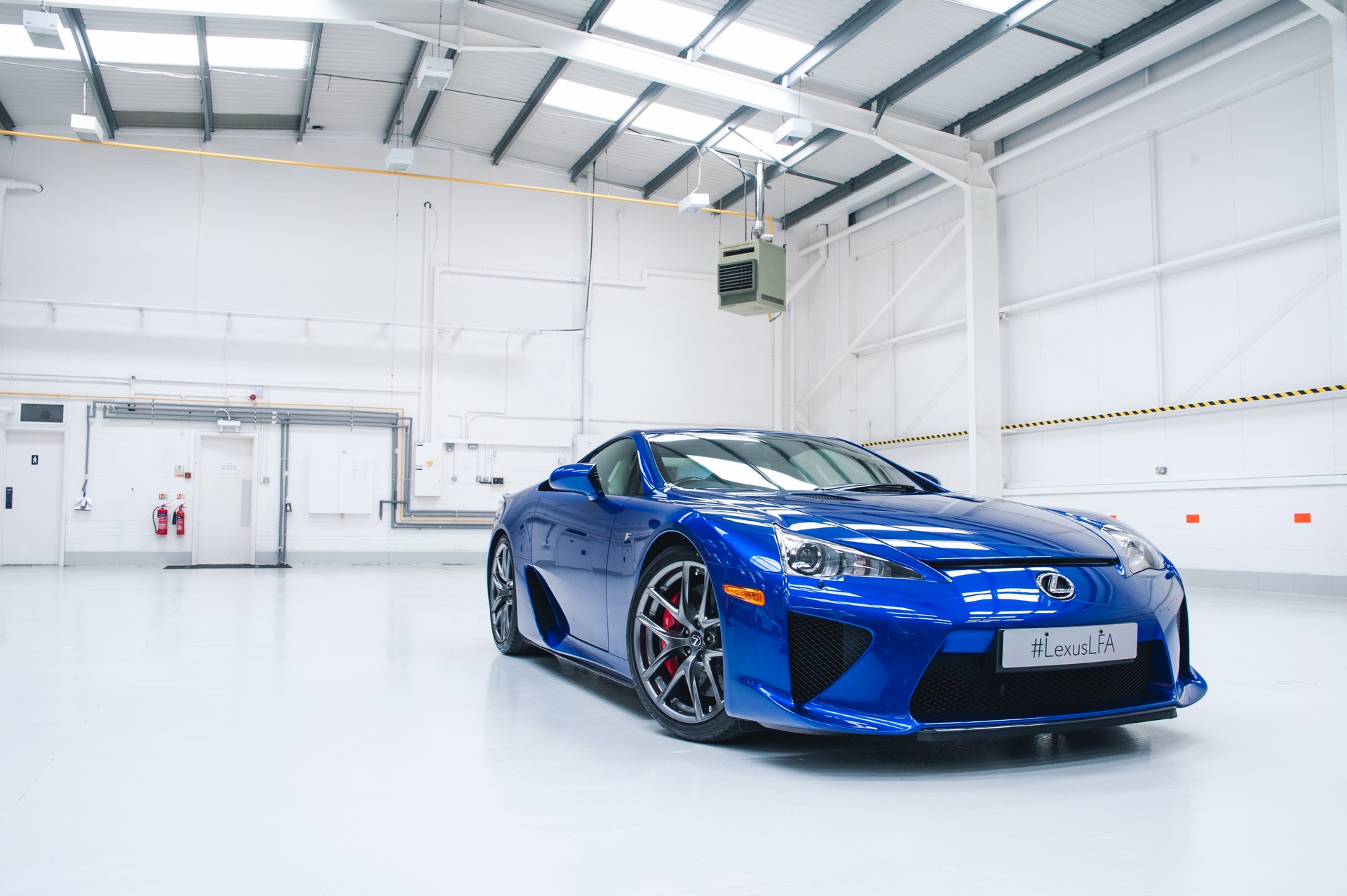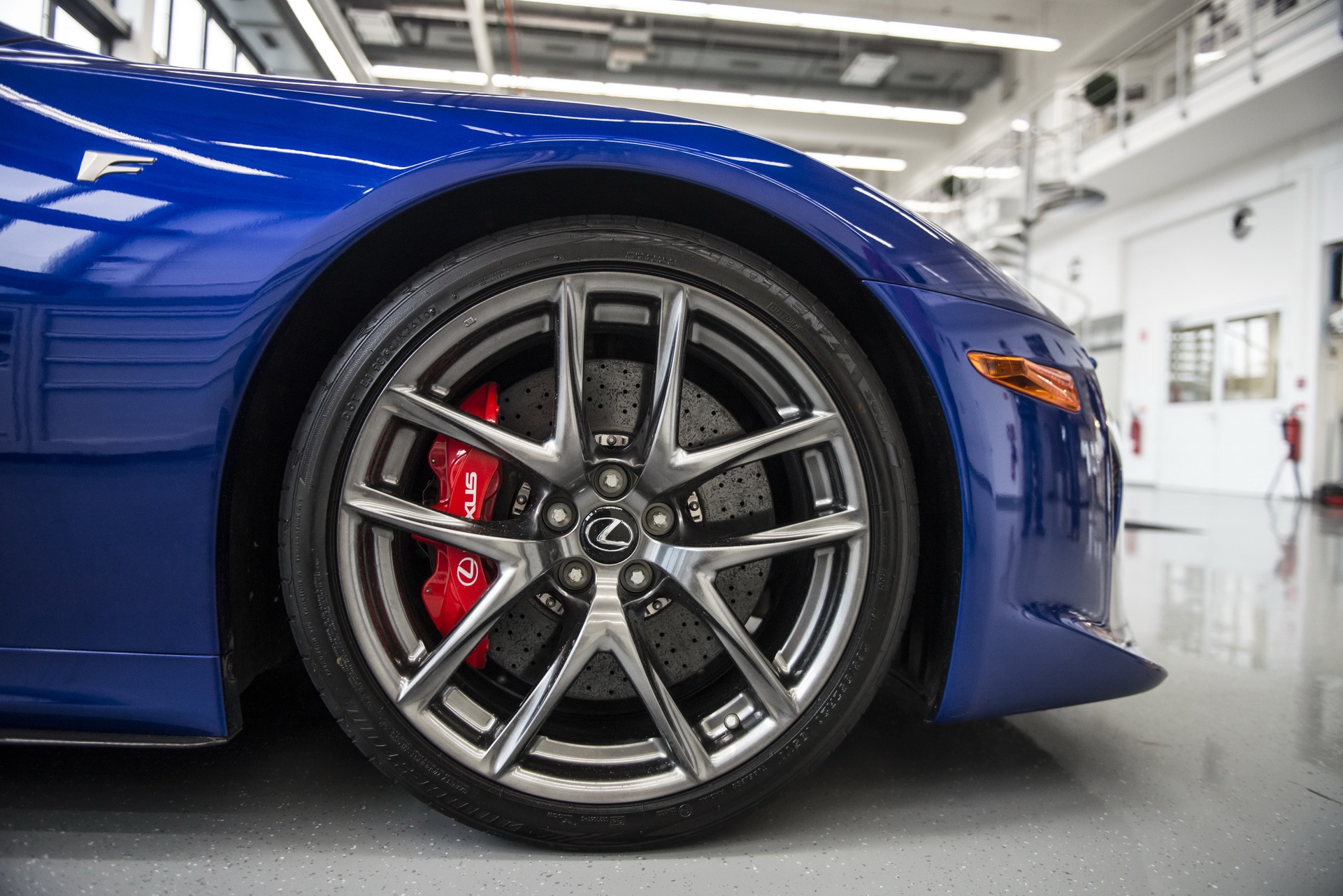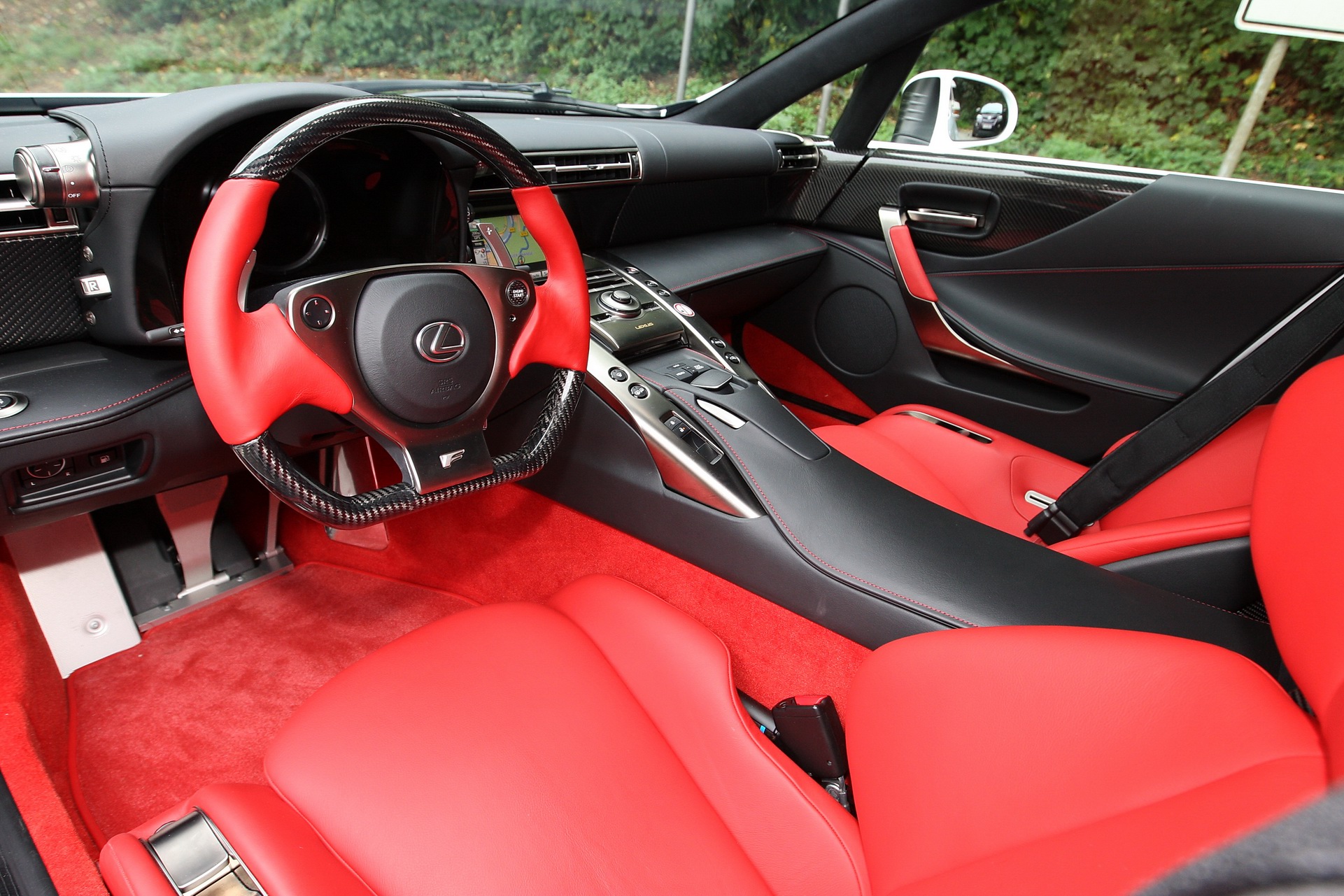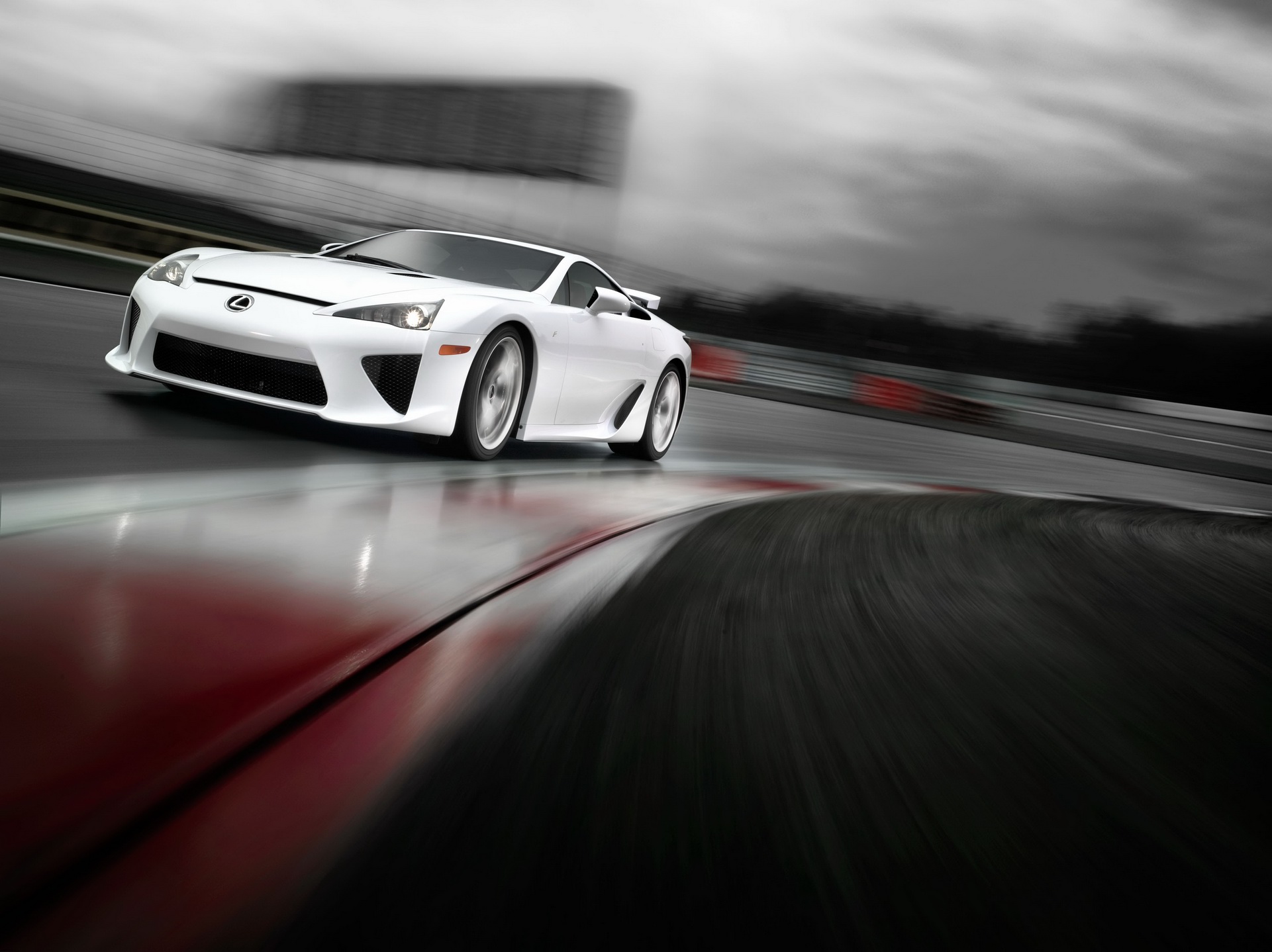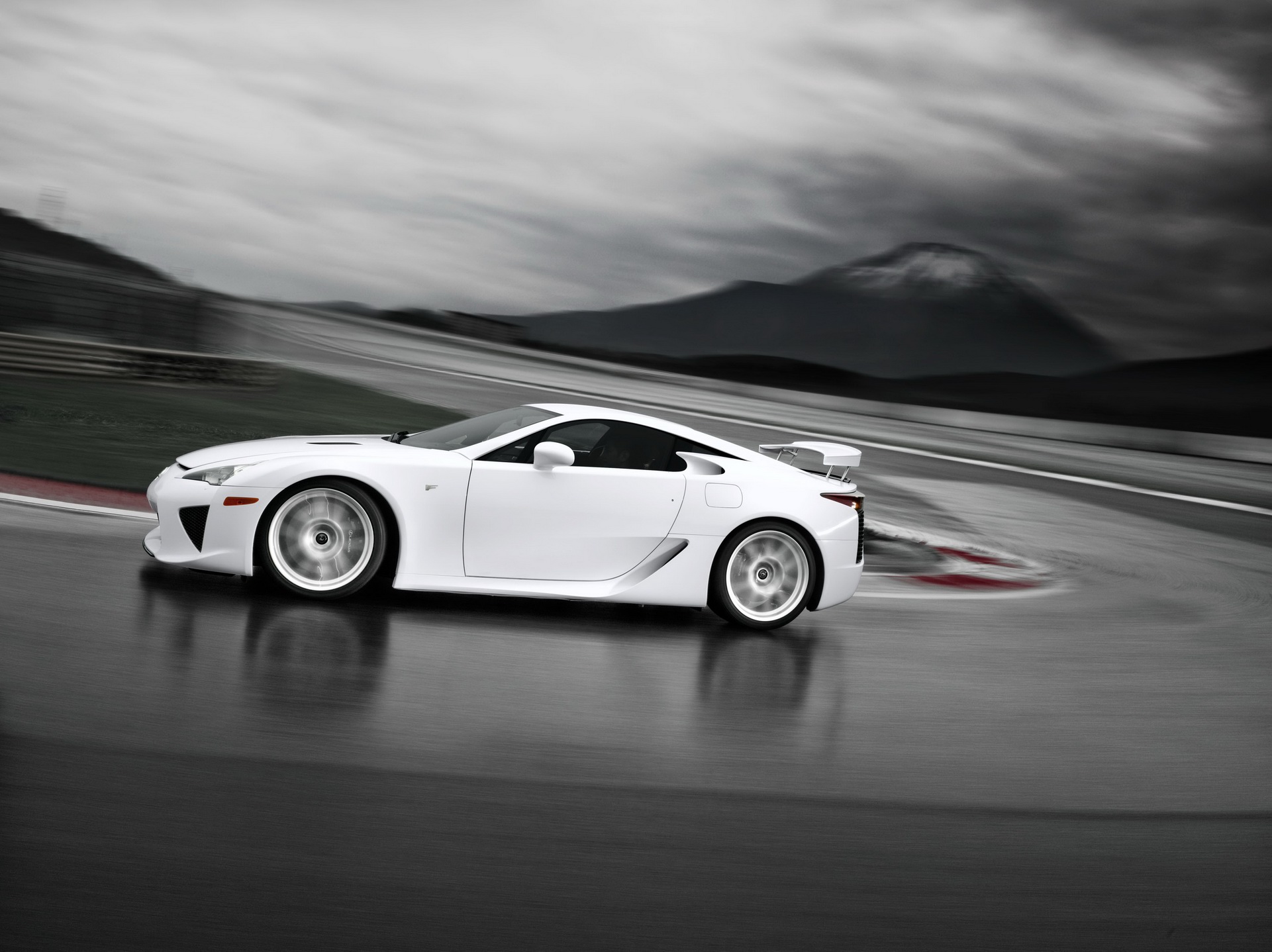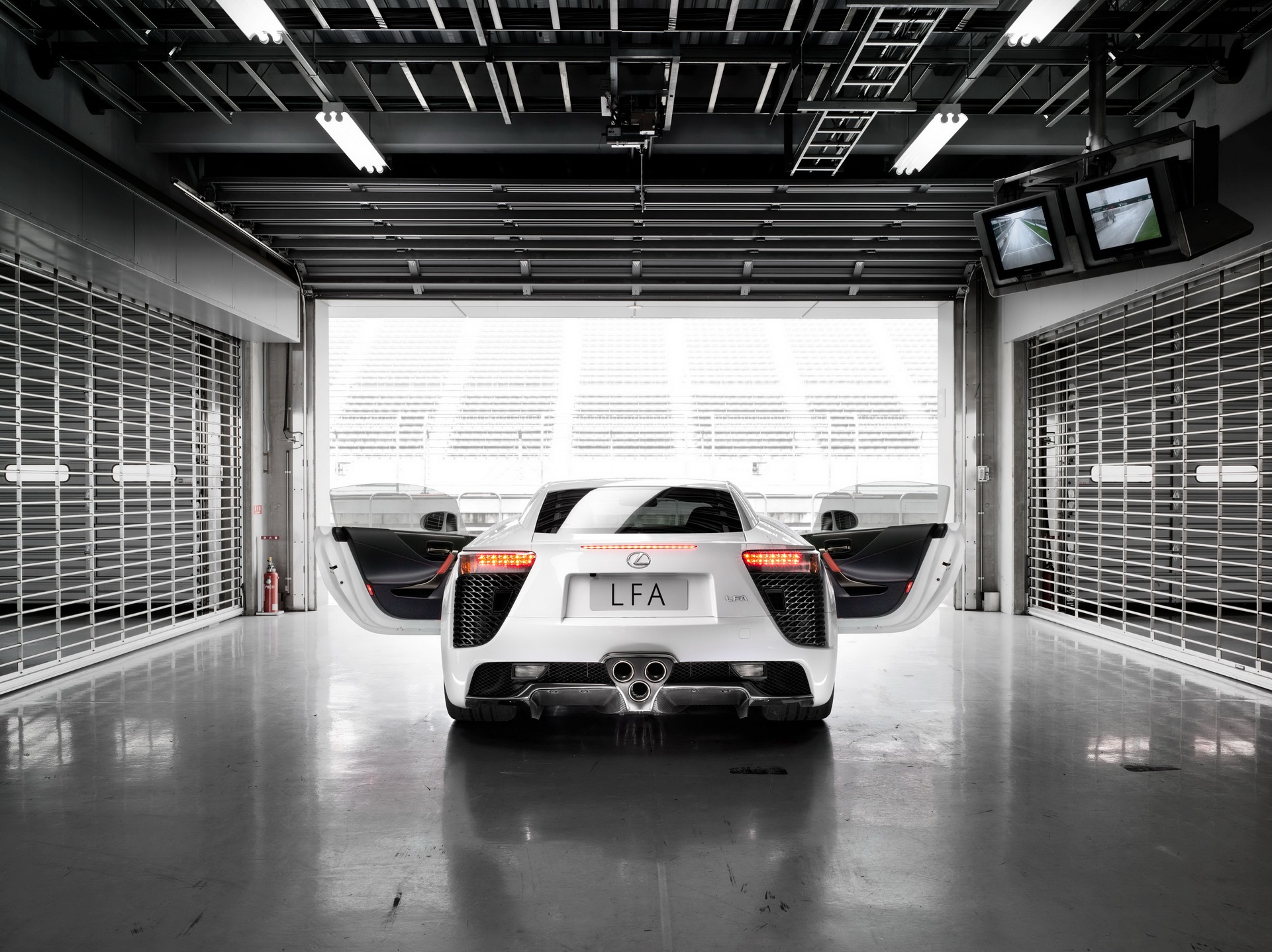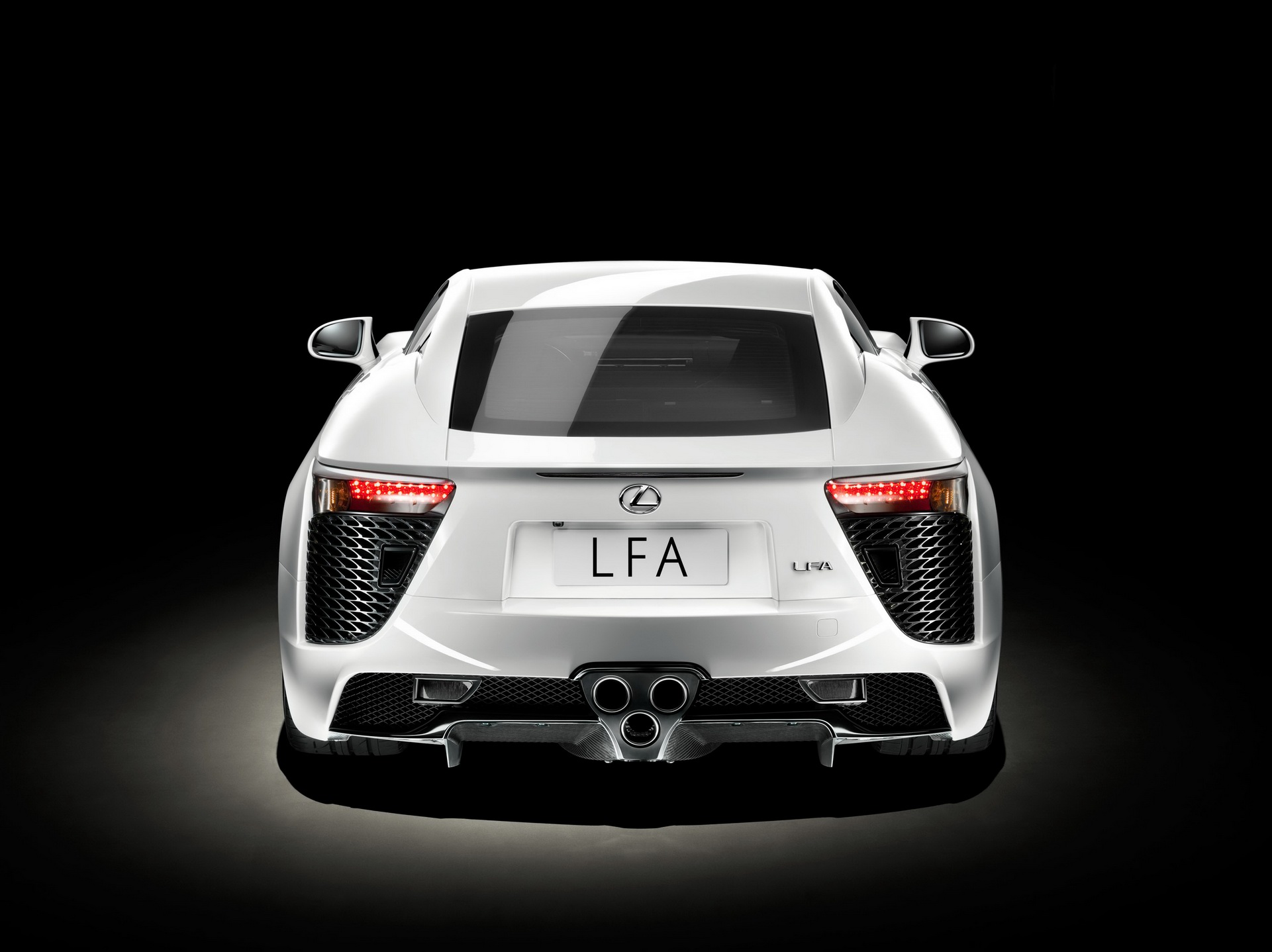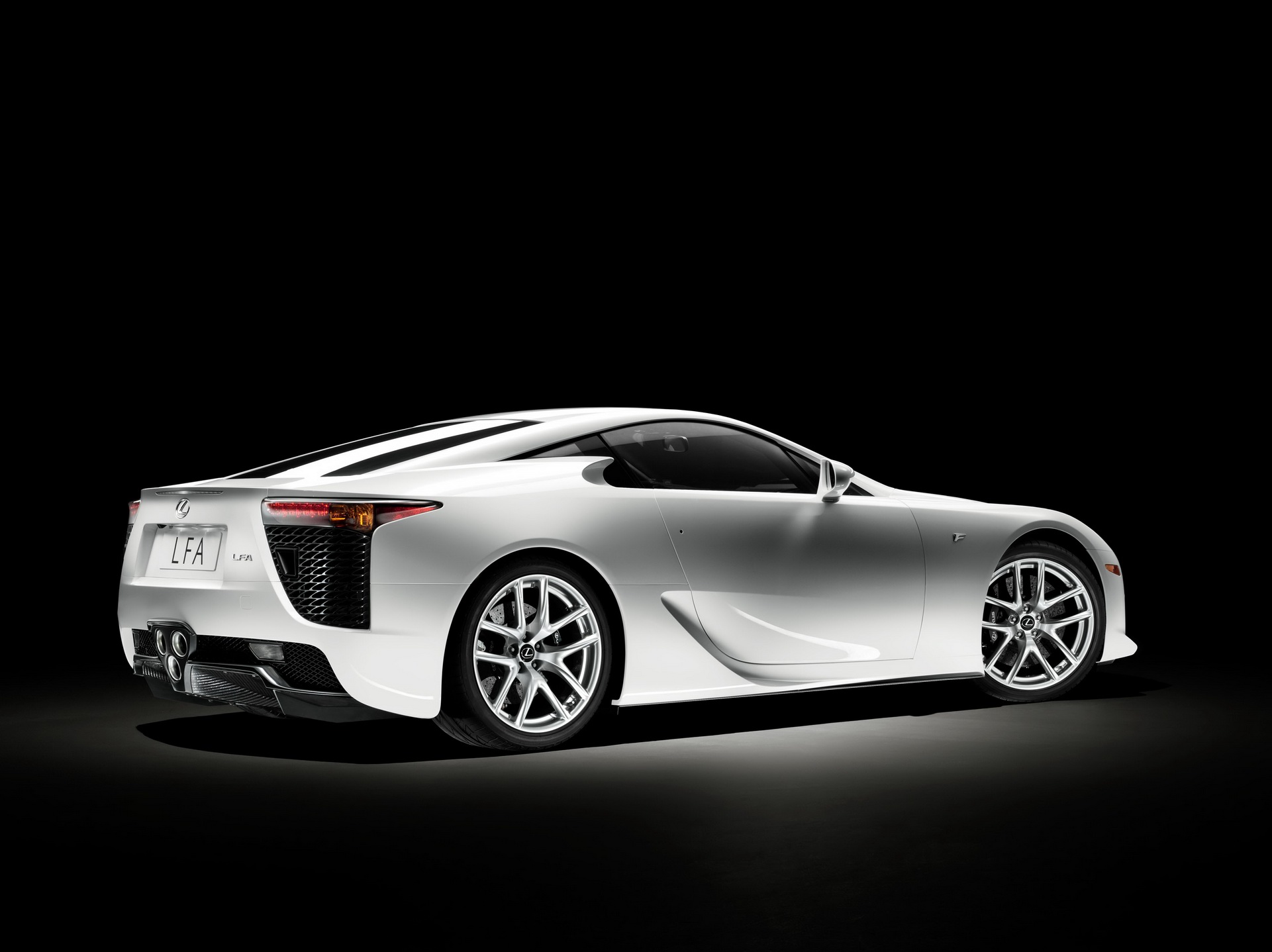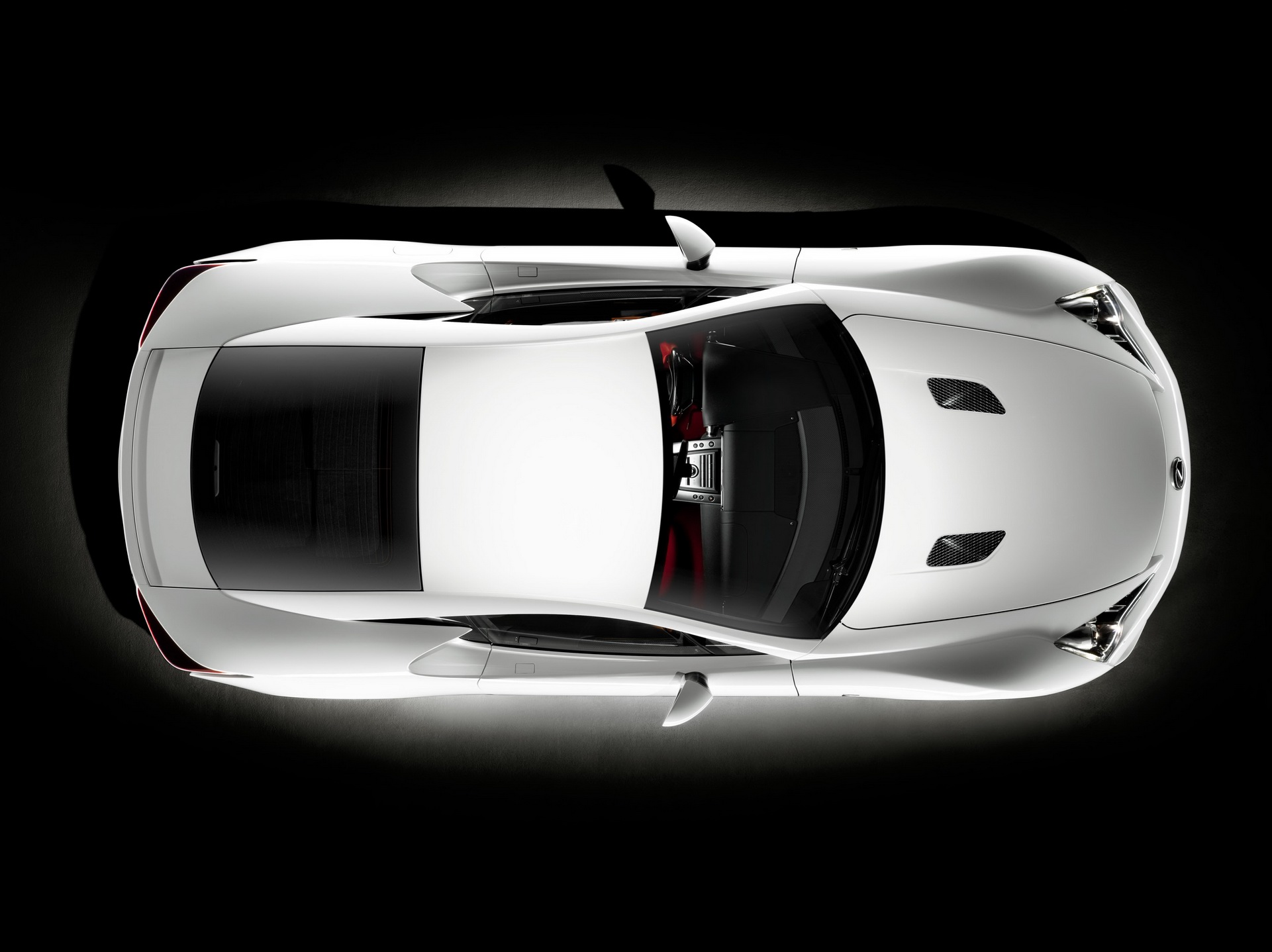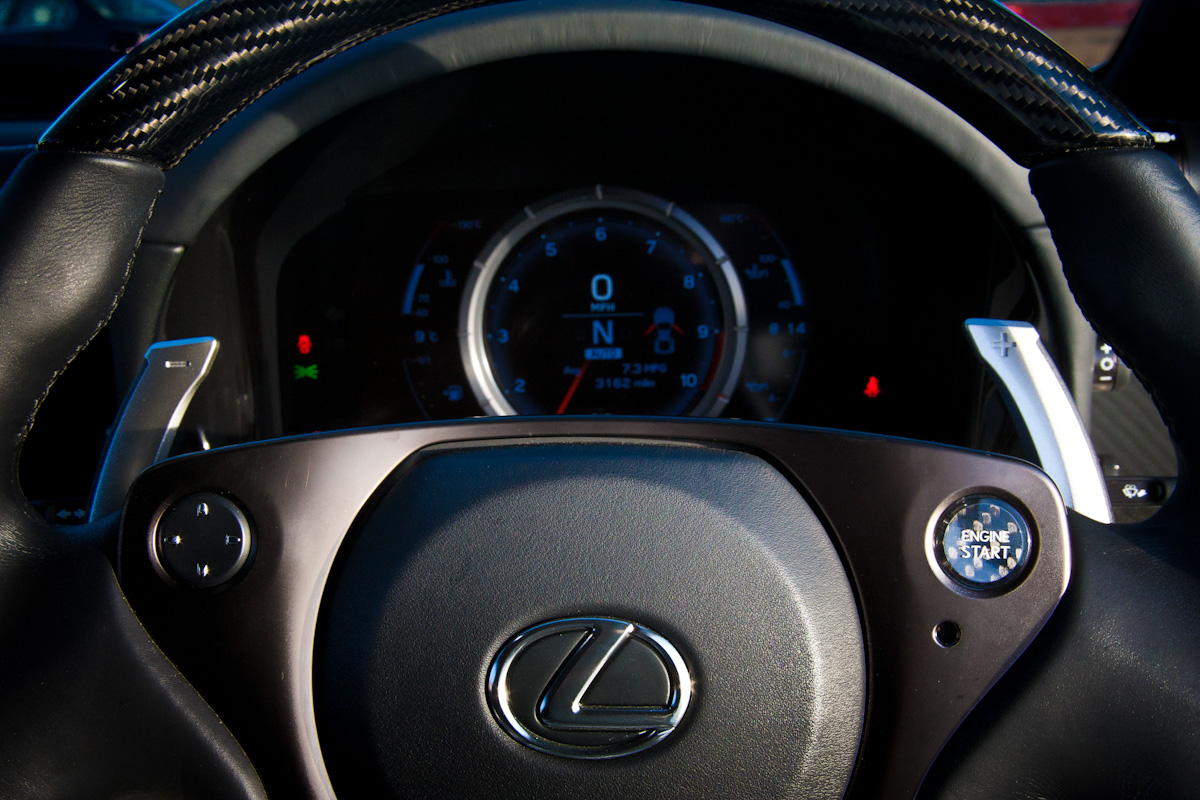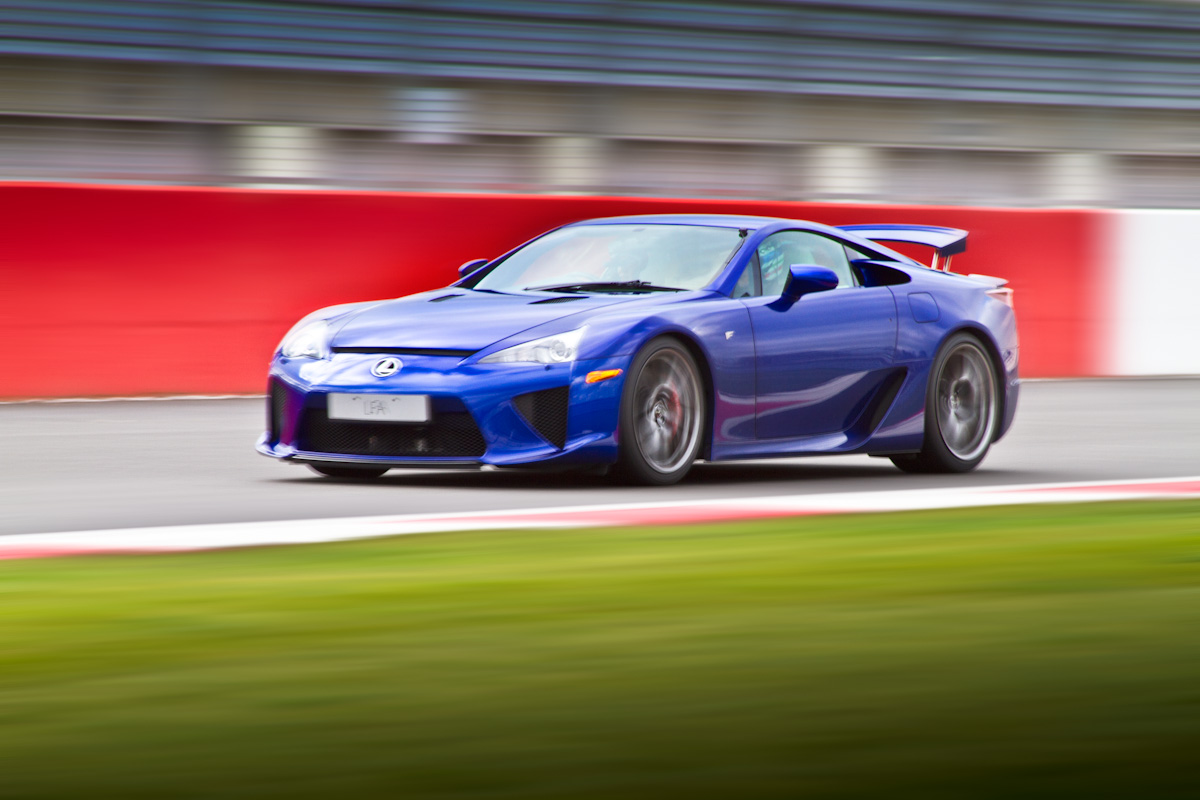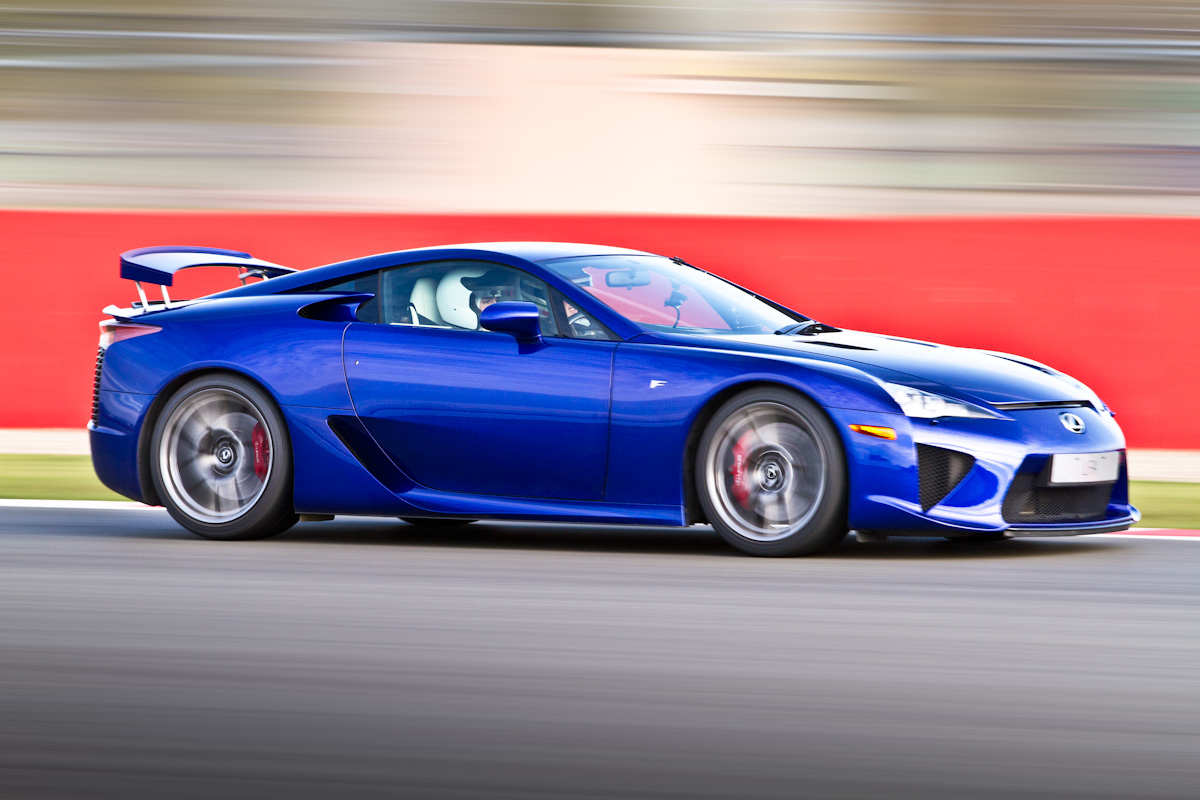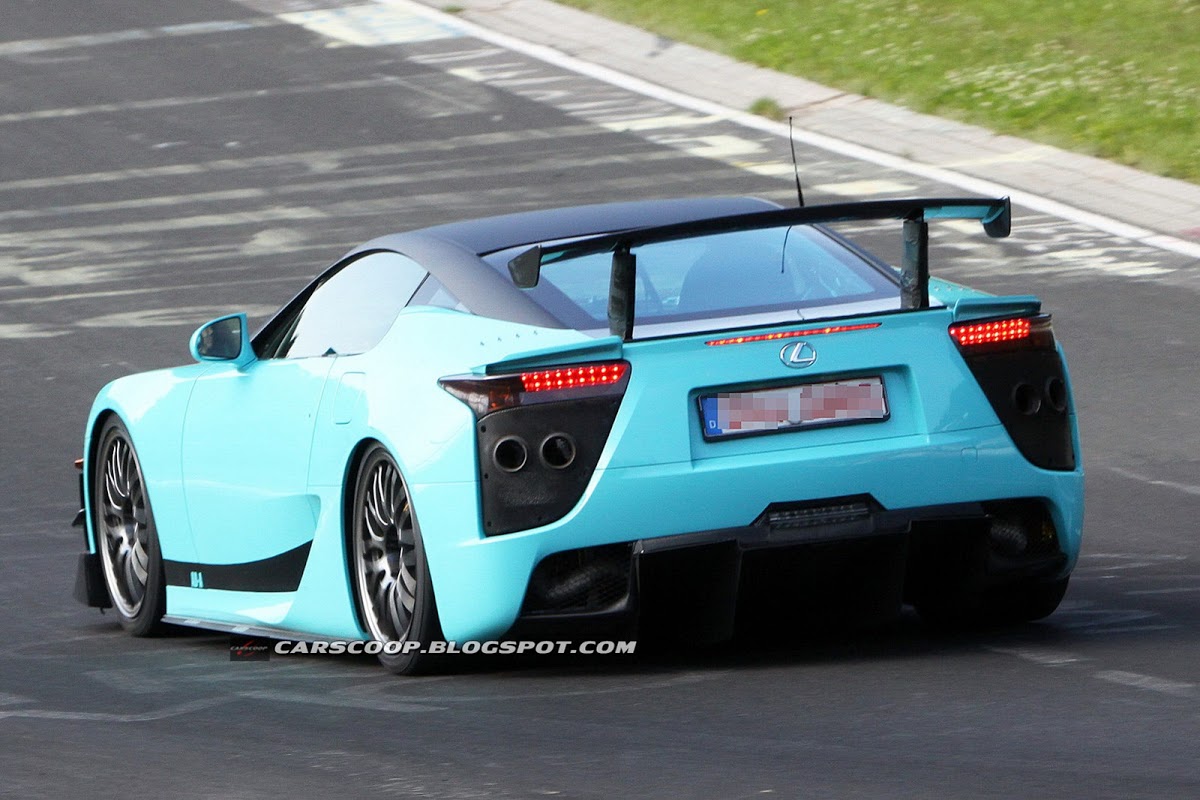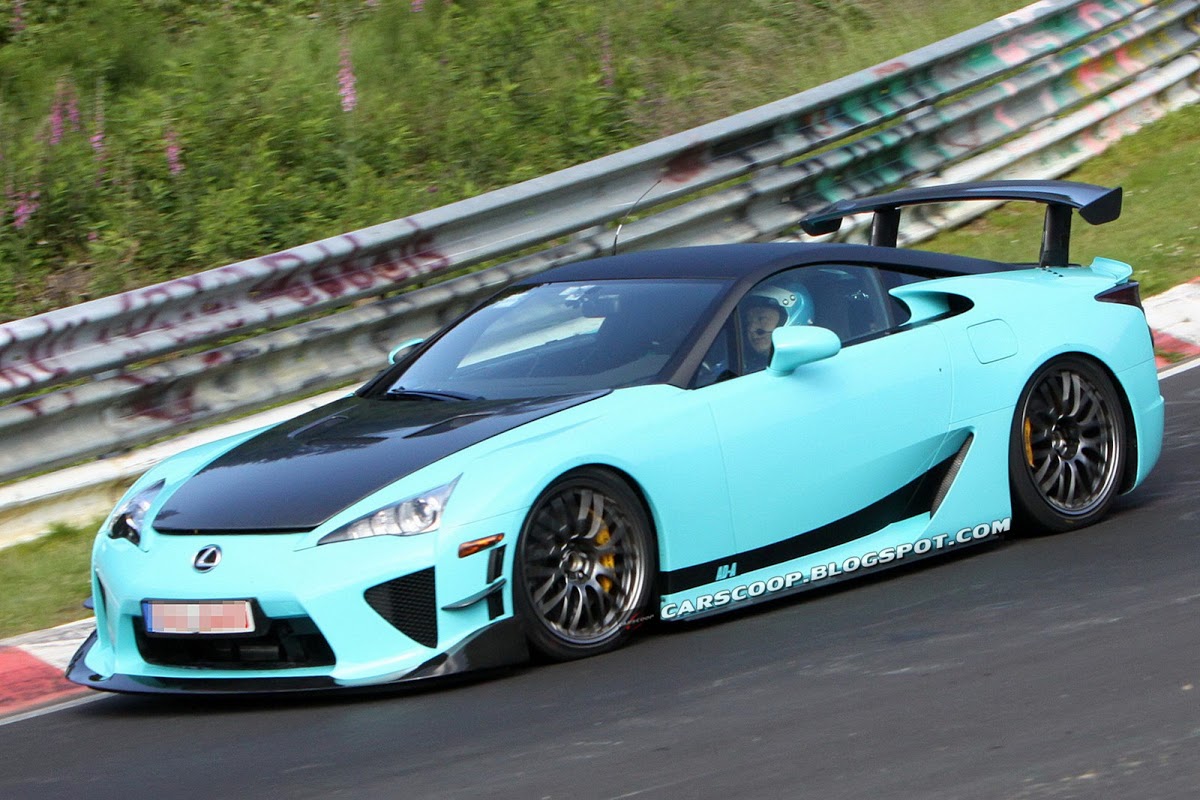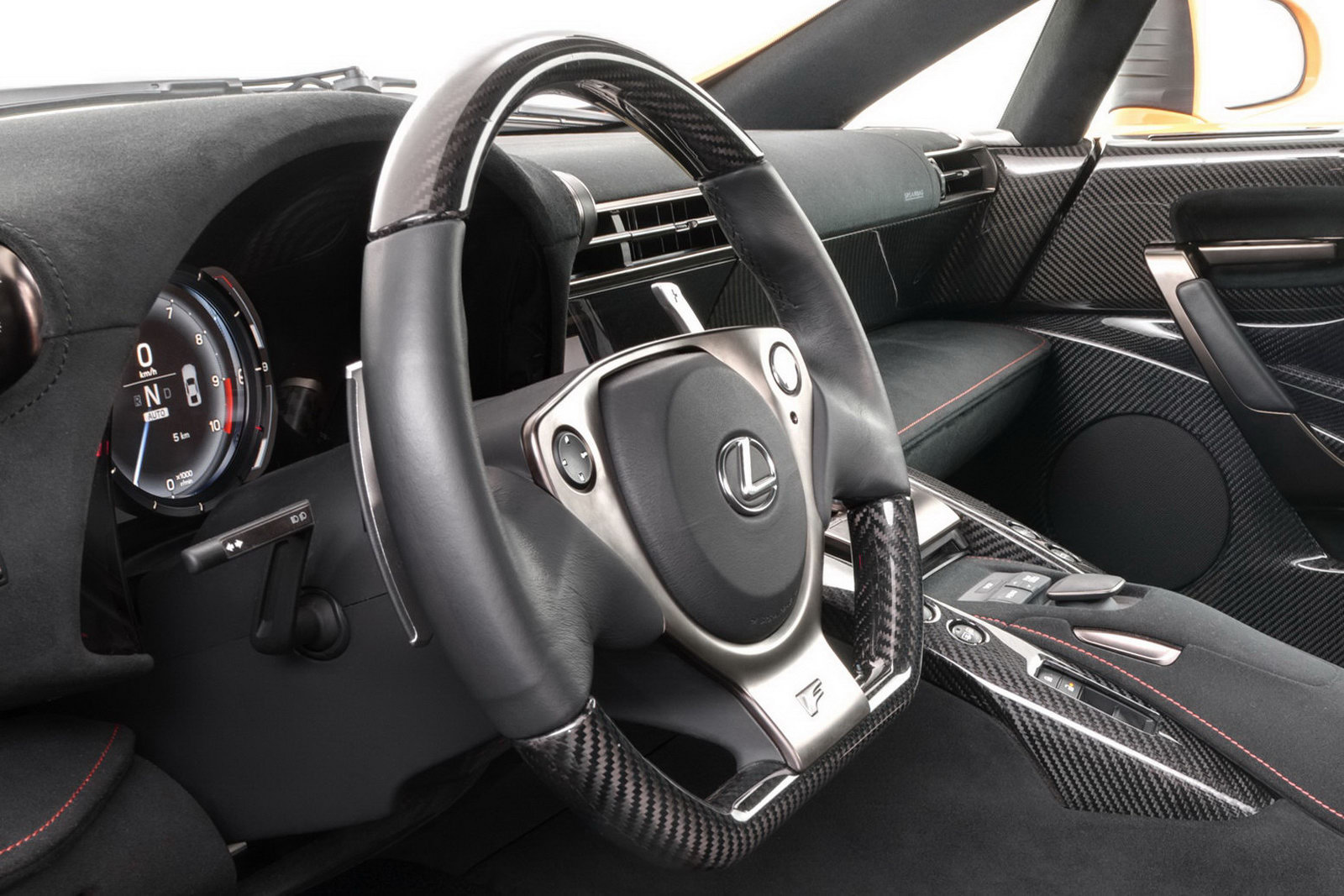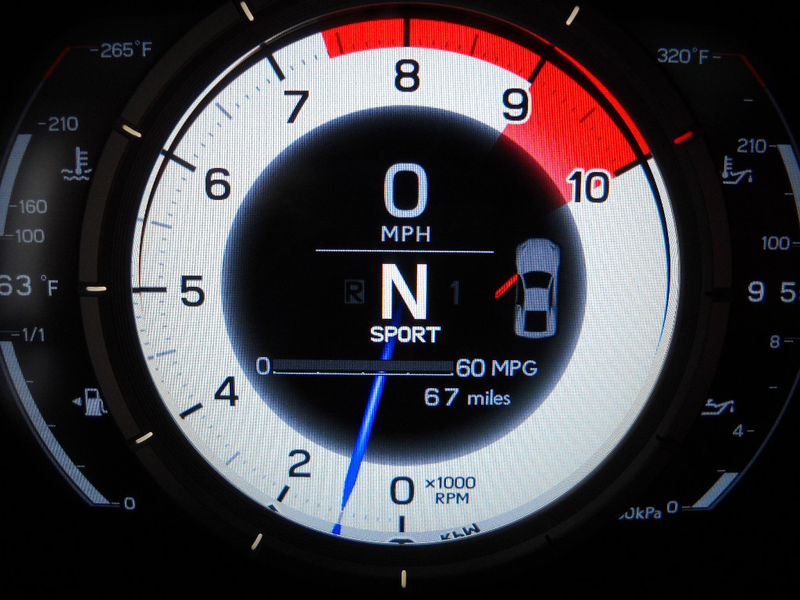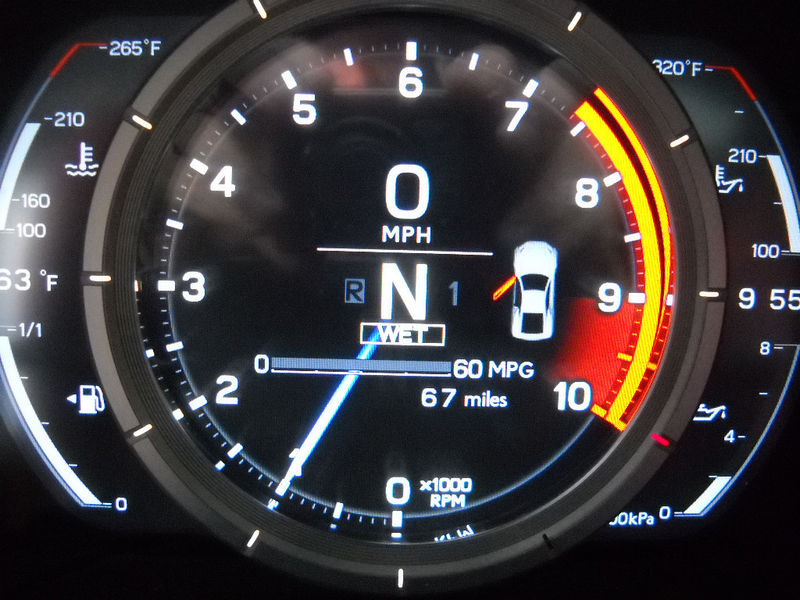When the LFA was finally released in December of 2010, it was a huge sigh of relief from the production team, who had spent the good part of a decade to come up with the final product. The car was super exclusive, with only 500 examples ever made.
However, the LFA didn’t quite sell as expected, with U.S. Lexus dealers reportedly selling three brand new models in 2019, despite production coming to a conclusion seven years earlier.
See: Would You Buy A Lexus LFA That Has Only Ever Been Driven 177 Miles?
So why did LFAs sit in showrooms collecting dust despite it being hailed as one of Toyota’s greatest sports cars? Some might simply put it down to the extremely bold $375,000 base price that comes from a manufacturer that was otherwise known for building sensible cars, but the truth lies far deeper, and Derek Tam-Scott (DTS) from ISSIMI Official poetically unravels the mystery.
You Can Thank Booze
According to DTS, drinking with your workmates is a big part of Japanese culture, and that is exactly where the story of the LFA unfolds. After a bit of sake (let’s assume), the boss of engineer Haruhiko Tanahashi was asked what he would build if he was given the chance to without any restrictions.
Much to our delight, Tanahashi insisted that it would be a sports car, and his passion for such a project convinced his boss to allow him to do so, and with that vision set, Tanahashi was given a team of Toyota’s most talented individuals to bring to light a vehicle that could be considered Toyota’s ultimate performance flagship.
The possibilities were endless. Right from the start, it was established that the LFA was not a project meant to make money. Instead, it was meant to be a showcase that, despite being known as a slightly boring, mellow car maker that focused on sales, Lexus had the capability of building a truly remarkable machine that could offer an equally impressive driving experience as an Italian prancing horse.
This meant that even though the aurally orgasmic V10 engine seems to be the most impressive statement on paper, there was a lot more passion that drove the idea of an impeccable chassis.
The first LFA prototype was ready for testing at the Nurburgring in October 2004, and while the car performed impressively well, the production team was convinced that the car hadn’t reached its fullest potential just yet, mostly due to the fact that it weighed around 3,500 lbs. Tanahashi and his team were forced to completely redesign a carbon fiber body for the LFA, and this was a perfect time for Toyota to perfect the manufacture of their own material, aka manufacturing carbon fiber from scratch.
See: Did You Know Paris Hilton Once Owned A Lexus LFA?
With that, the LFA was given a carbon fiber body, which was a manufacturing technique exclusive to high-end performance cars at the time. But it wasn’t just a big engine or carbon fiber chassis that made the LFA what it was. Unlike most performance cars that see a production model before they are taken to the racetrack, Toyota took the LFA racing first, and so much of its DNA comes from a pure racing background.
The Story Is Inspiring, But Why Didn’t The LFA Sell?
The story is inspiring, but why didn’t the LFA sell? For starters, while the car was truly a piece of art, it was hard to convince someone to commit to such a price tag when there were presumably much more capable vehicles that were equally impressive for much less on paper.
This price tag, combined with a very limited production run, meant that most of its critics would never be able to actually drive one, and was forced to voice their opinion on numerical assumptions. After a little bit of time with the LFA, DTS claims that these assumptions were far from the truth, calling the LFA focused, and a “supercar through and through” that offers an “old-school brutality”.
Today, the value of the LFA has increased to twice what it retailed for in under a year, and is greatly sought after for the raw driving experience it offers — a vision that Haruhiko Tanahashi saw way ahead of its time.









